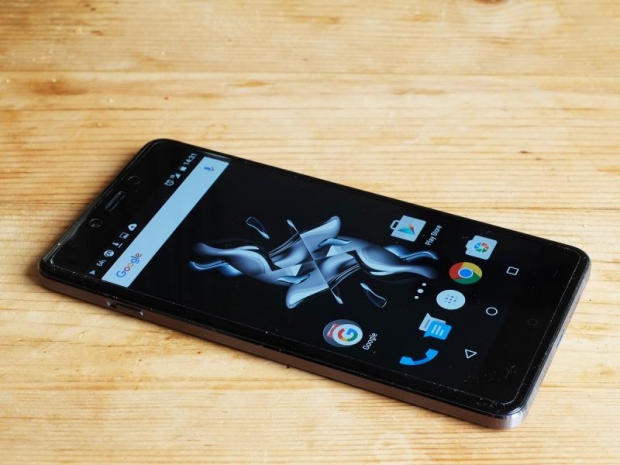While it is normal to offer two or three product lines to cover all the bases, OnePlus has recently decided to go from two to one and abandon its more affordable offering.
OnePlus CEO Pete Lau said that his team should have done this last year rather than fight in the low-end price war. His long-term plan now involves merging OnePlus' development resources for the global Oxygen OS (near native Android) and the China-only Hydrogen OS (skinned Android).
Lau wants to continue to invest in after-sale services and offer more lifestyle products to further promote the brand. OnePlus is spending more money on marketing as well.
He expects OnePlus is still going to make a profit off its competitively priced phone, because "we still gotta make money at the end of the day; it's just a matter of how you do it and how much you want to make."
Lau said that Europe will remain OnePlus' fastest-growing market. It will remain cautious in China and focus its resources on its online channels, and it won't be opening any new physical stores there.
"Some vendors say the online model is stalling so they badmouth it, but I see that as an opportunity. You just have to remain persistent," Lau said.
The OnePlus 3 has ditched the much loathed invite system and can be ordered immediately (mass production had already started last month), so it shouldn't be long before we see whether the company's new strategy will pay off.
"We hope that once our fans have played with the OnePlus 3, they will feel the same way they did with the OnePlus One," Lau said.




